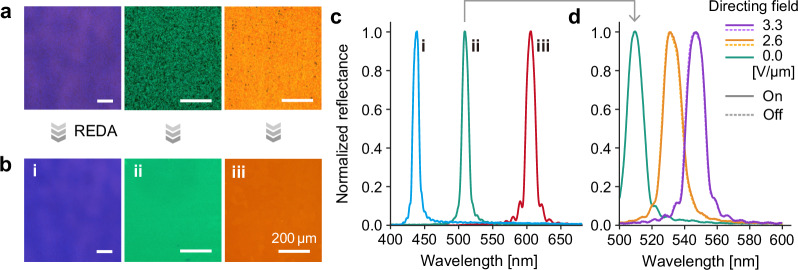Fig. 6. Diverse-symmetric photonic crystals across the visible spectrum.
Changing the intrinsic chirality by varying the material composition enables tuning of the Bragg reflection band across the visible spectrum. a Optical micrographs of polycrystalline BPLCs. b, c (b) Optical micrographs and (c) reflection spectra showing that, regardless of the material chirality, reverse electrostriction directed assembly (REDA) can be utilized to generate a large single crystal with sharp Bragg reflection band. Temperatures are 24.9, 31.6, and 37.9 °C for BPLCs with blue, green, and orange reflections, respectively. Surface-alignment (rubbing) direction is from left to right. d Reflection spectra showing that single crystals of different lattice structures can be formed by varying the directing field strength (ED) of REDA. After field removal, their reflection bands do not shift and remain narrow, confirming the high stability of these single crystals.

